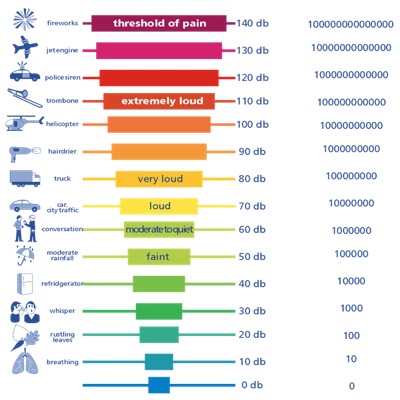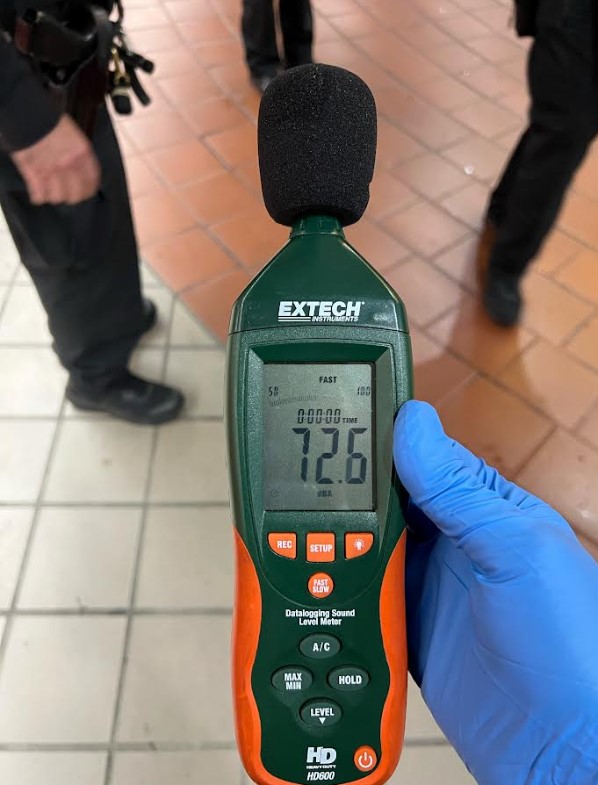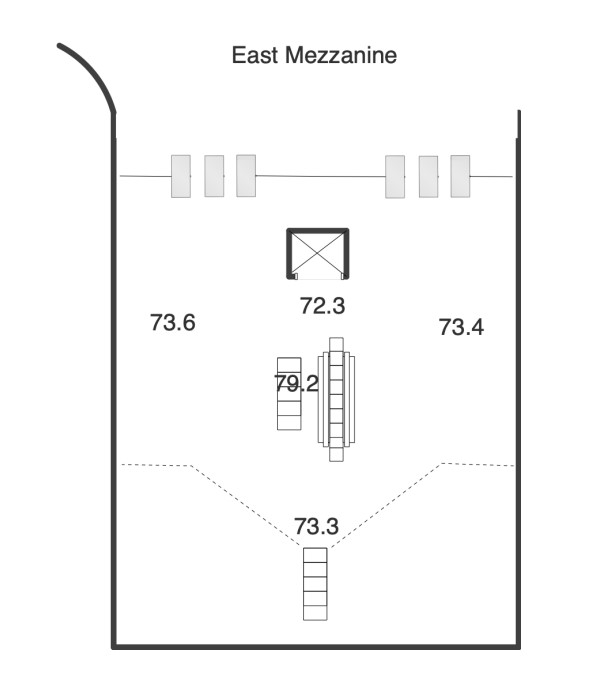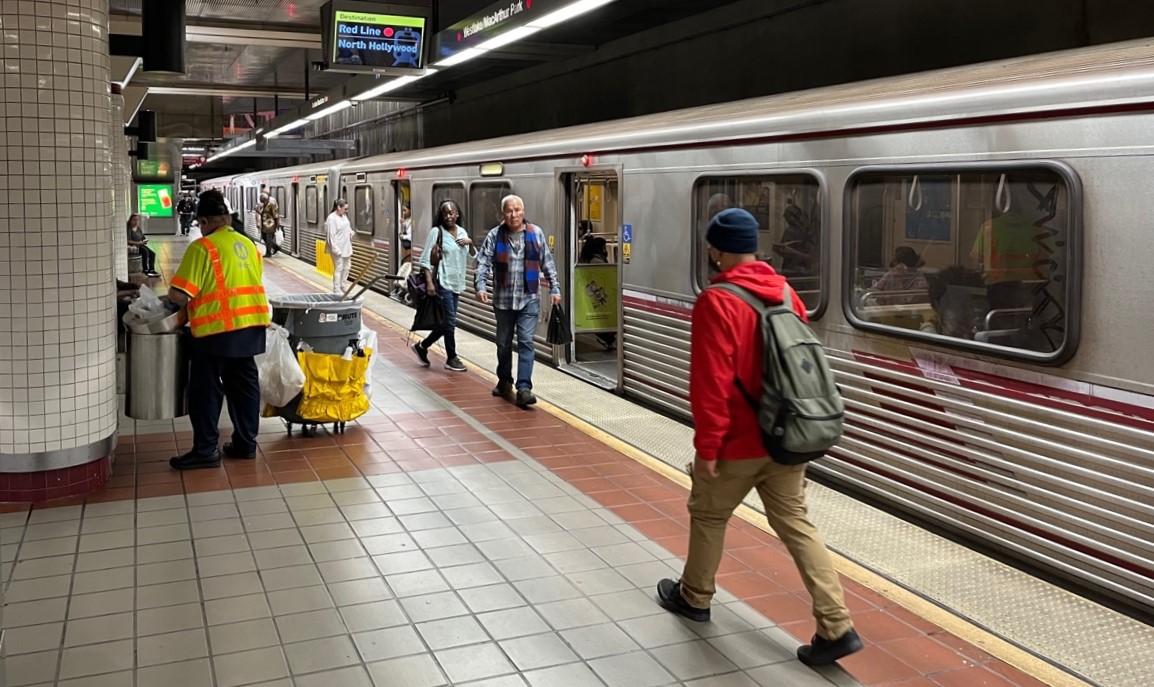Newly released public records show that Metro cleaning staff and Metro riders are subjected to noise levels up to 79 decibels (dBA) - just below the workplace thresholds of 85-90 dBA that would require Metro to take action to mitigate potential harm. Per Metro's report, work shift exposure to 90 dBA or higher could lead to hearing loss.
This information comes courtesy of a consultant Metro hired to evaluate whether MacArthur Park Station music levels could harm employees.
It took more than nine months for Metro to fulfill SBLA's CA Public Records Act request for records pertaining to MacArthur Station music levels. The newly released records don't quite paint the full picture of Metro's use of loud classic to drive people out of its station, but do quantify some missing detail.

Metro began blasting loud music in its MacArthur Park Station in February 2023 as part of a suite of pilot interventions.
To date, the pilot included mostly punitive measures (including loud music, increased policing, closing one of two station entrances, intensely bright lighting, cattle-chute-like barriers, and fare gate hardening) plus some positive measures (including transit ambassadors, outreach to unhoused individuals, increased cleaning, and a bathroom).
Responding to many accounts critical of what has been termed torture music, Metro stated that they reduced the volume somewhat in April 2023. Yet, even today, the music remains at headache-inducing levels, most noticeably on the platform, where riders wait for trains.
Metro's consultant measured noise levels in two ways: having four Metro janitorial workers wear measuring devices (personal noise dosimeters) during their shifts, and measuring noise directly at various locations throughout the station.

Overall, Metro found a time-weighted average (TWA) exposure of 62-65 dBA (day shift) and 76 dBA (night shift). The day/night differential indicates that Metro adjusts the music volume to be worse at night.
SBLA requested Metro records with any kind of log recording volume changes by date and time. Metro provided just two emails indicating volume changes.
One Metro email reveals that initial February music levels were louder than the May measurements in the report. A July 2023 Metro email noted that "[music volume] Adjustments were made on a weekly basis" and the "Last adjustment was on 5.2.23."
Though the report states that Metro has speakers both on the mezzanine and platform levels, measurements indicated that noise was loudest - nearly 80 dBA - at the station platform level, including on escalators/stairs to the platform.




A 2009 Metro J (Silver) Line study found freeway station freeway noise at 78-87 dBA, describing it as "not high enough to cause hearing damage... but... sufficiently high to impede most conversation and cause annoyance."
In 2009, Metro's station design guidelines had specified a maximum 70 dBA noise level. After the study, Metro increased that limit to 75 dBA. This means that Metro is piping music into the MacArthur Park station at volumes that exceed the agency's own guidelines. Ironically, the station music is interrupted by Metro pre-recorded station announcements reminding riders that loud music is prohibited on trains and in stations.
Metro's 2023 noise analysis appears mostly targeted toward staving off future employee lawsuits over issues like hearing loss. Metro appears to have calibrated the volume to be just awful enough to discourage people from spending any time in its station without permanently harming Metro workers.
One reason that all this 2023 data remains relevant today is that Metro now touts its MacArthur Park interventions as a success that the agency wants to expand to other stations.
Last month, the agency announced it intends to spread "environmental design interventions" - including possible "station music" - to four additional Metro stations: Lake Avenue, Hollywood/Highland, Downtown Santa Monica, and Norwalk. Lake and Norwalk - uncomfortably loud and polluted mid-freeway stations - already have noise levels in the 80-90 dBA range, putting them above the cacophony heard at MacArthur Park station. Can Metro actually make an already horrendously loud station freeway station experience audibly worse? (And will Metro learn from its mistakes and stop building these freeway stations?)
As L.A. City Councilmember Eunisses Hernandez and the Alliance for Community Transit (ACT-LA) have noted, punitive measures do not begin to address the root causes of homeless and drug usage that take place at MacArthur Park station. Hernandez stated that "inhumane music" and other "hostile infrastructure" at best "shuffle people from one place to another without resolving their needs."
Hernandez is working with the community to advance positive interventions in the station vicinity, including a permanent closure of a portion of Wilshire Boulevard.
Metro also has some positive station interventions on the horizon. The agency recently awarded itself a $900,000 Visionary Seed Fund grant for "multi-pronged station intervention" at MacArthur Park, Leimert Park, and Rosa Parks Stations supporting "cultural tourism, micro-entrepreneurism, and support for local small businesses." That program is branded TEAMSUN for Transit Entrepreneurship Arts Mobility and Safety Uplift Network.
For now, there appears to be no end in sight to Metro's headache-inducing but not-quite-deafening racket forced on its riders and its staff at MacArthur Park Station.







